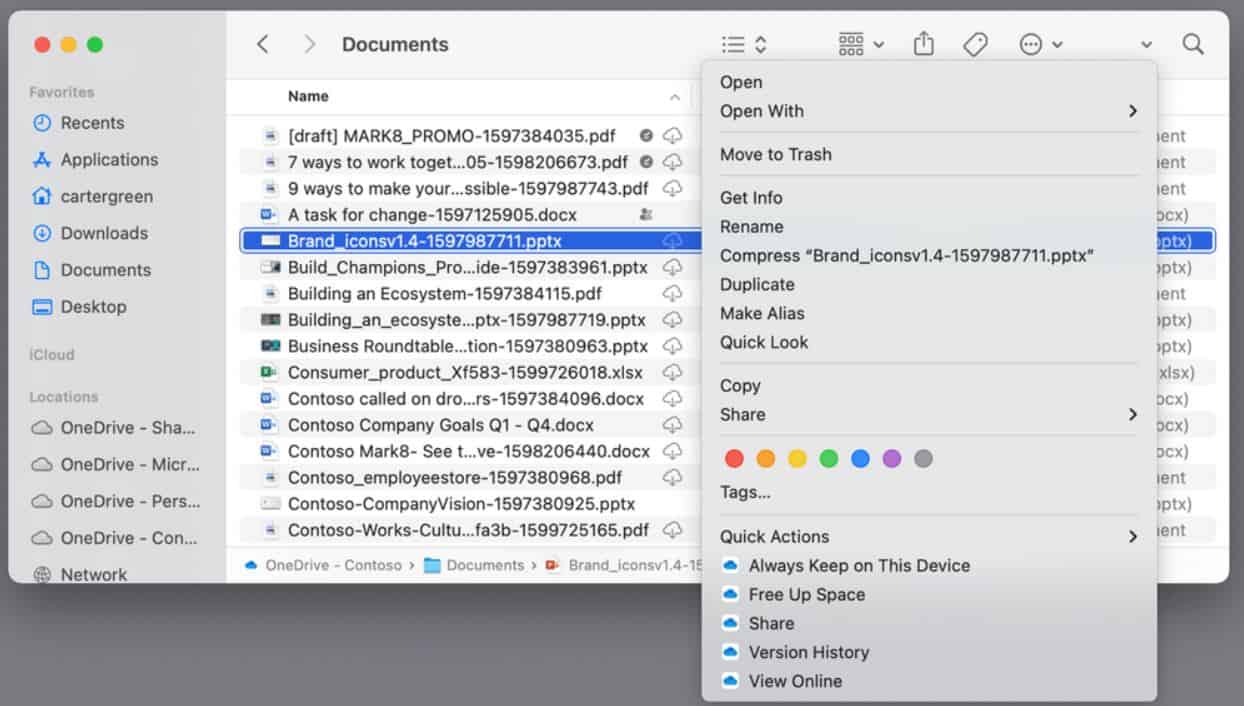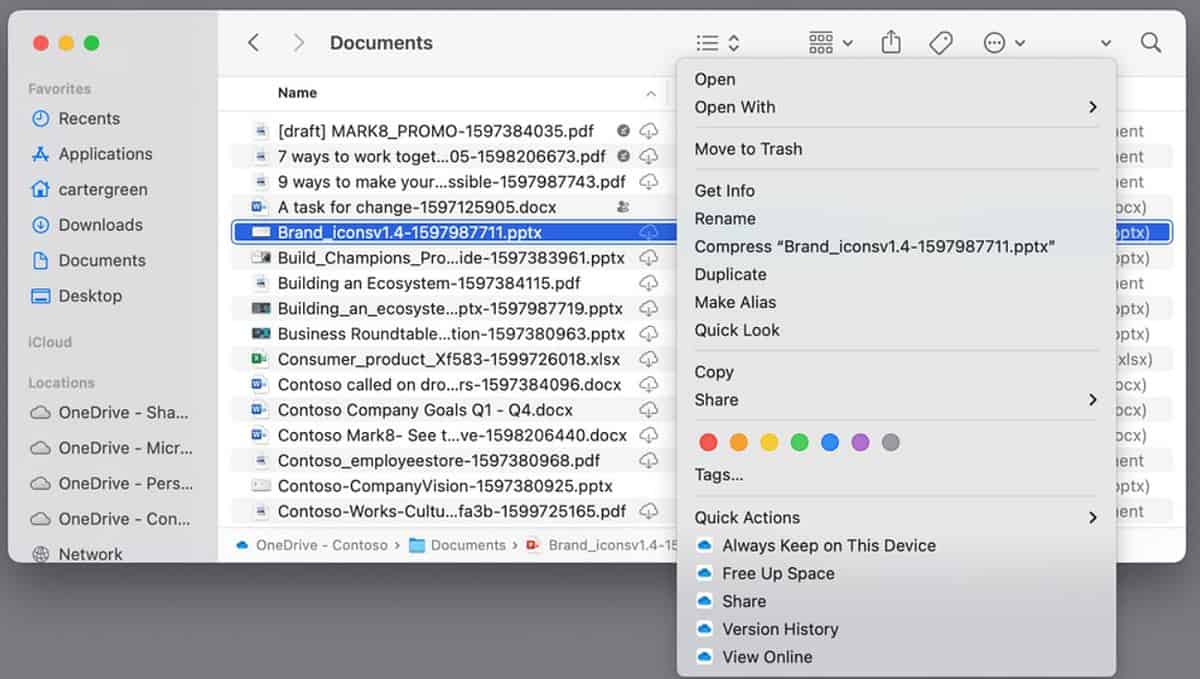Microsoft rolling out the new Files On-Demand experience to all macOS 12.1 or later users
2 min. read
Published on
Read our disclosure page to find out how can you help MSPoweruser sustain the editorial team Read more

Back in June 2021, Microsoft announced the new Files On-Demand experience for OneDrive on macOS that will offer a better user experience, better application compatibility, and better reliability. Microsoft yesterday announced that they have begun rolling out the new Files On-Demand experience to all macOS 12.1 or later users. This new experience is built on Apple’s File Provider platform which enables Microsoft to support new features such as Known Folder Move.
The new Files On-Demand experience comes with some new changes, some of them are listed below.
- The new Files On-Demand experience requires a volume that is formatted with APFS. HFS+ volumes are not supported.
- With the new Files On-Demand experience, the sync root is always located within users’ home directory, in a path such as: ~/Library/CloudStorage/OneDrive-Personal
- To support the new experience, OneDrive maintains a cache path in a hidden location. This path contains a replica of the file tree that the user is syncing.
- For OneDrive to complete setup with the new File Provider platform, the user must consent to allow OneDrive to sync.
- Files that are kept in the sync root do not count against disk space usage, unless they are marked as “Always Keep on This Device.”
- The new Files On-Demand experience supports some existing features of APFS that were previously poorly supported by OneDrive. These include:
- File tags
- Last used date
- File system flags
- Extended attributes
- Type and creator code
- Symlinks
- OneDrive now supports syncing packages, or files that appear as a single file but are actually a directory with many files and folders underneath them. Some applications exclusively create packages.
- When you unlink your Mac or unmount a syncing location, OneDrive will preserve the non-dataless contents of your sync root.
Source: Microsoft









User forum
0 messages